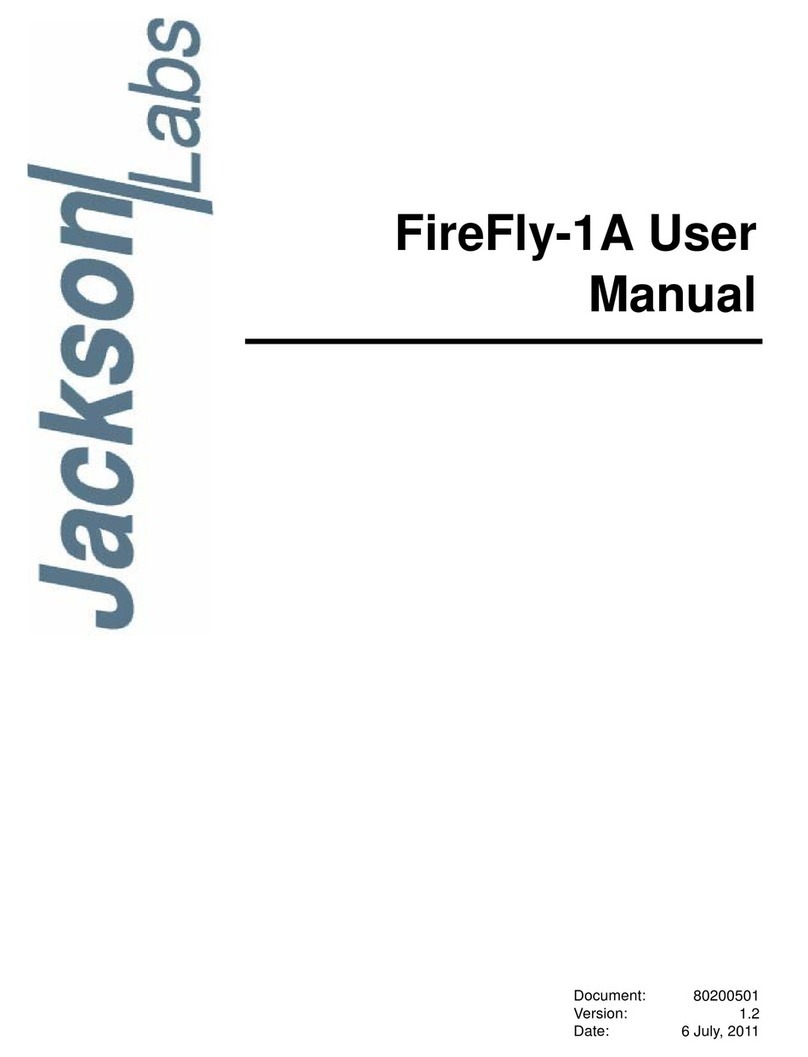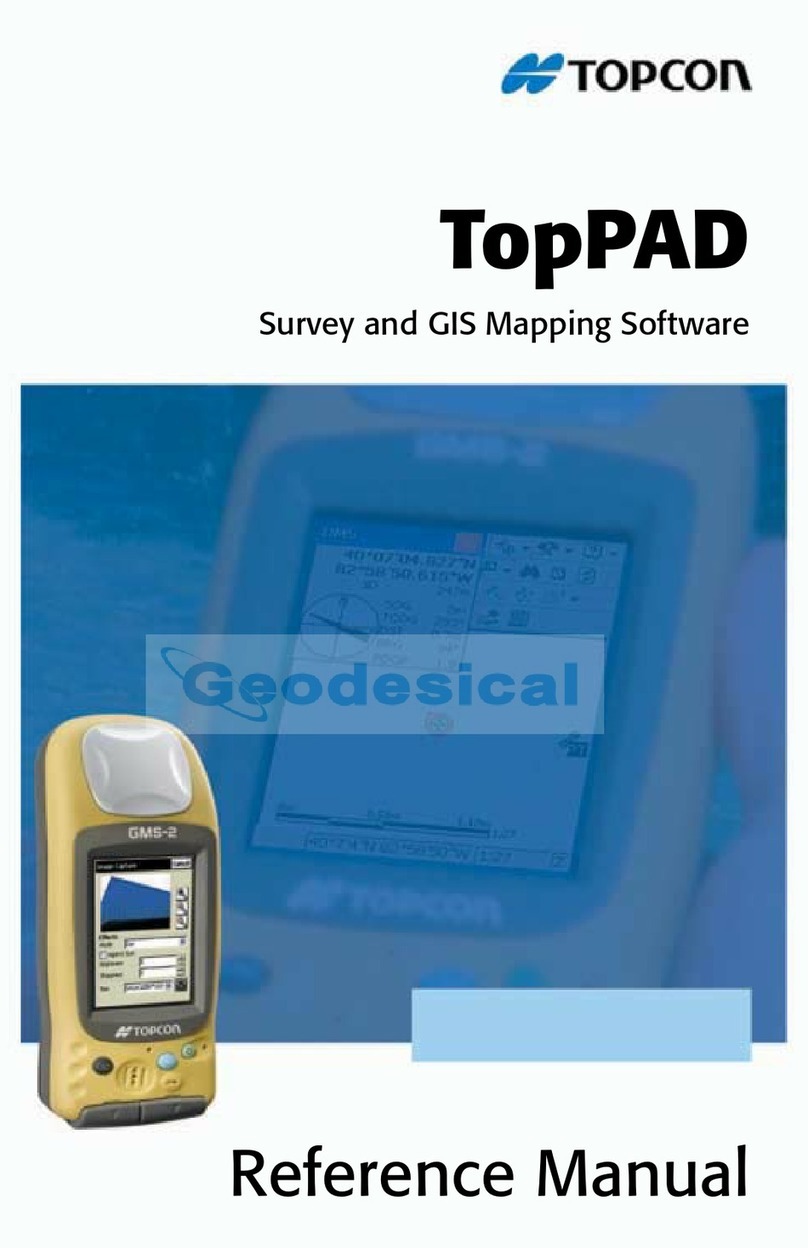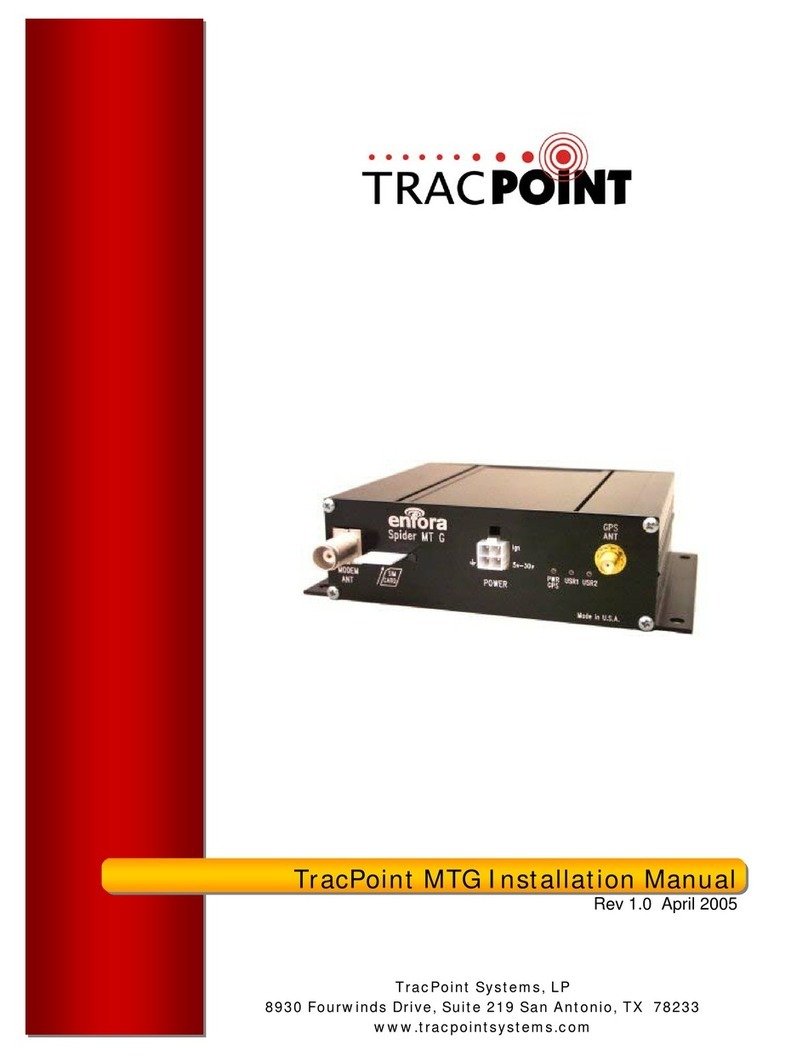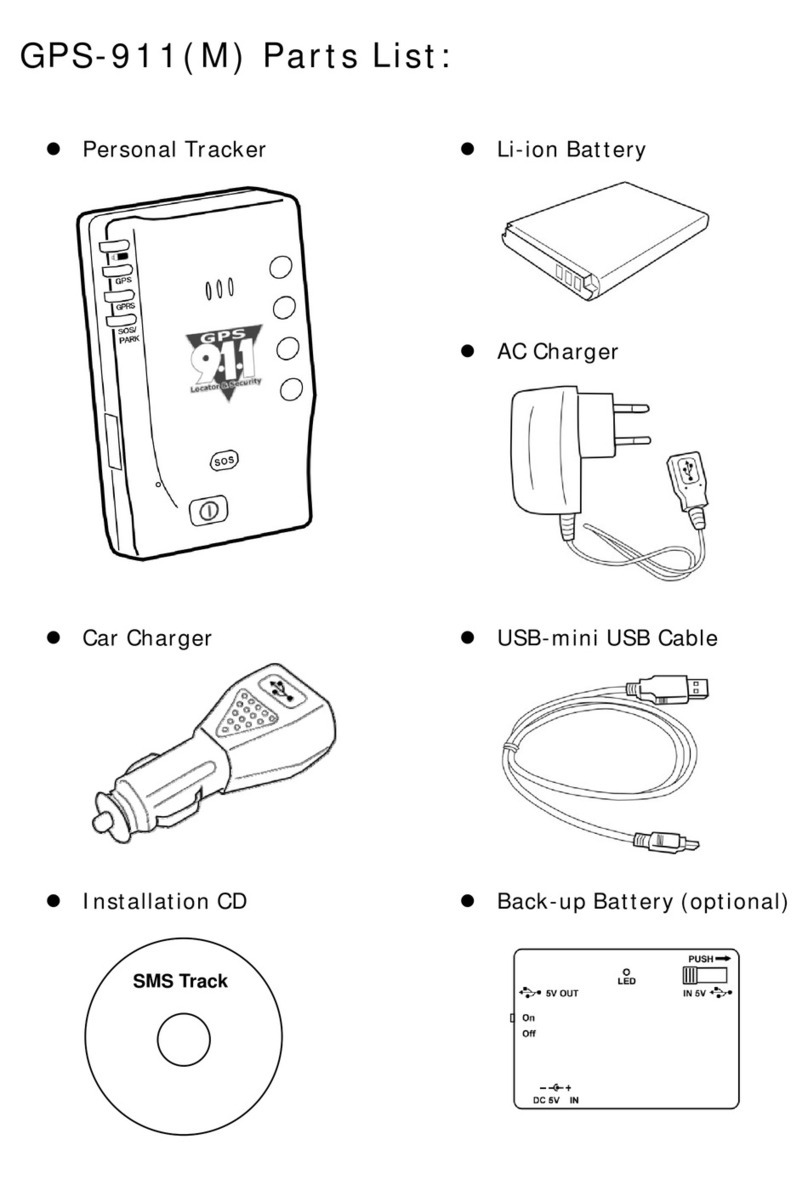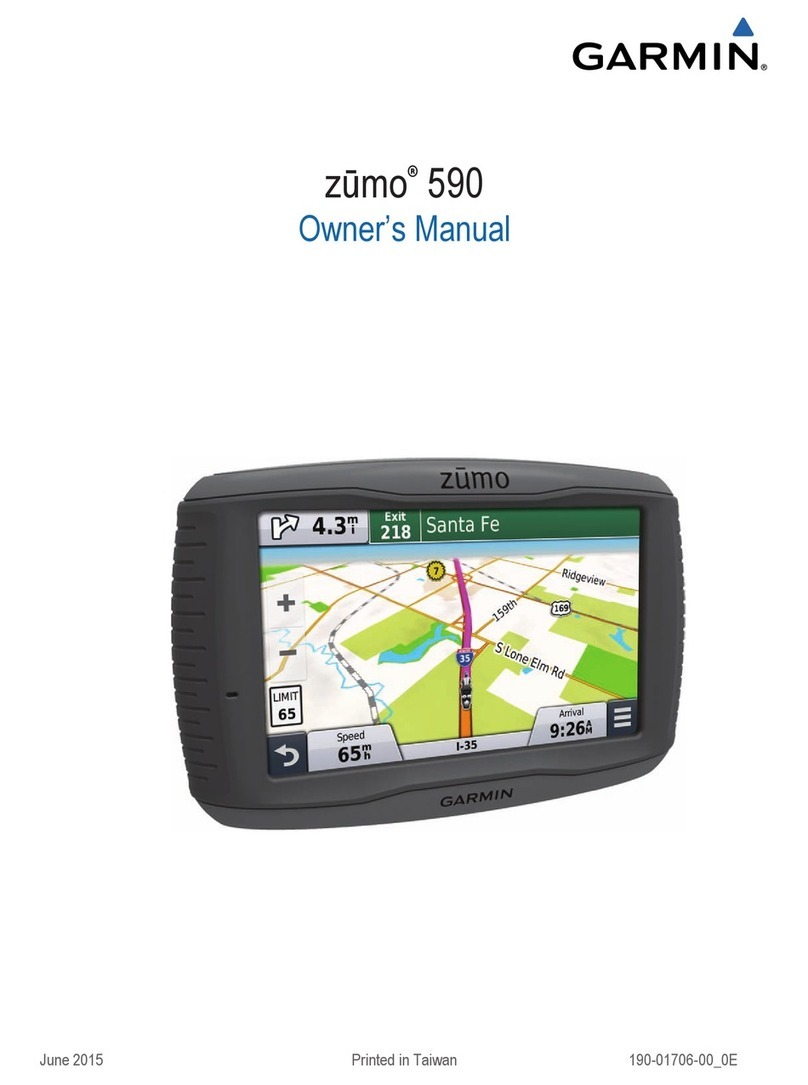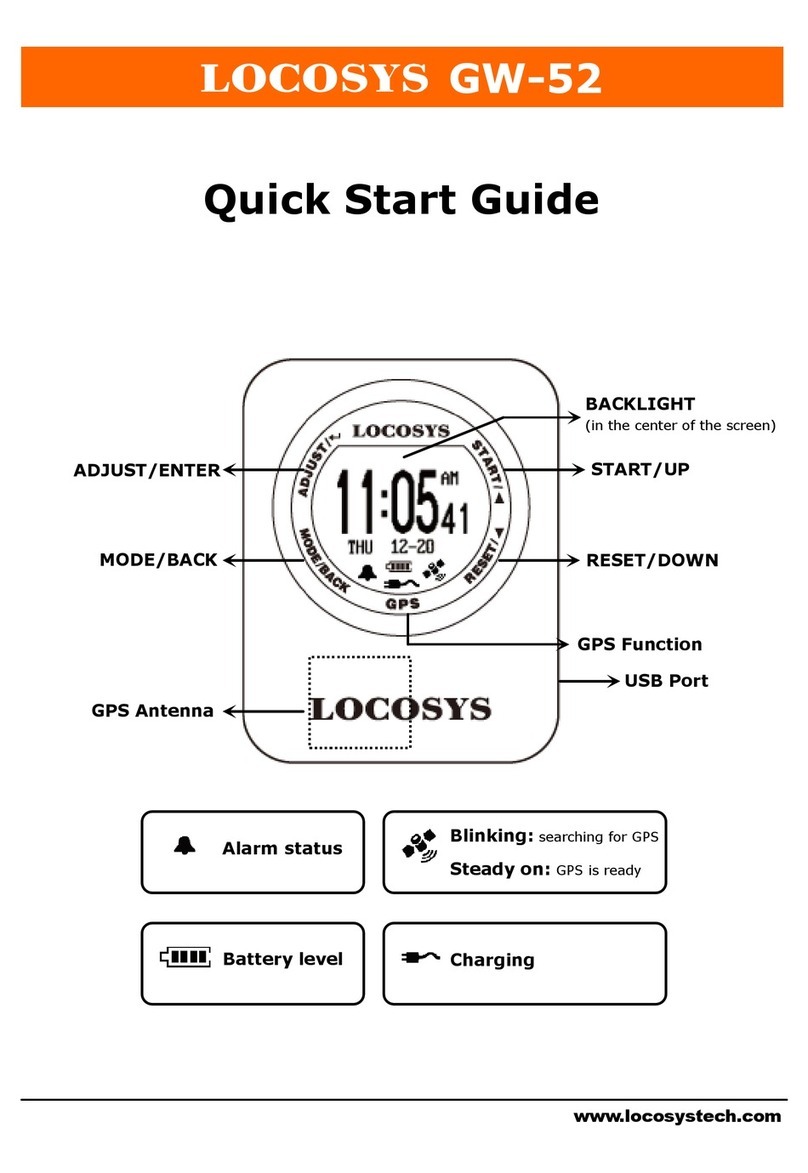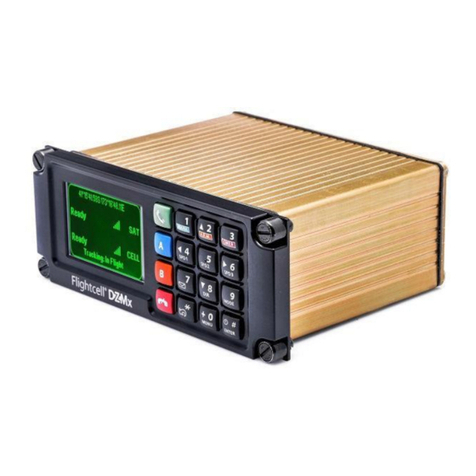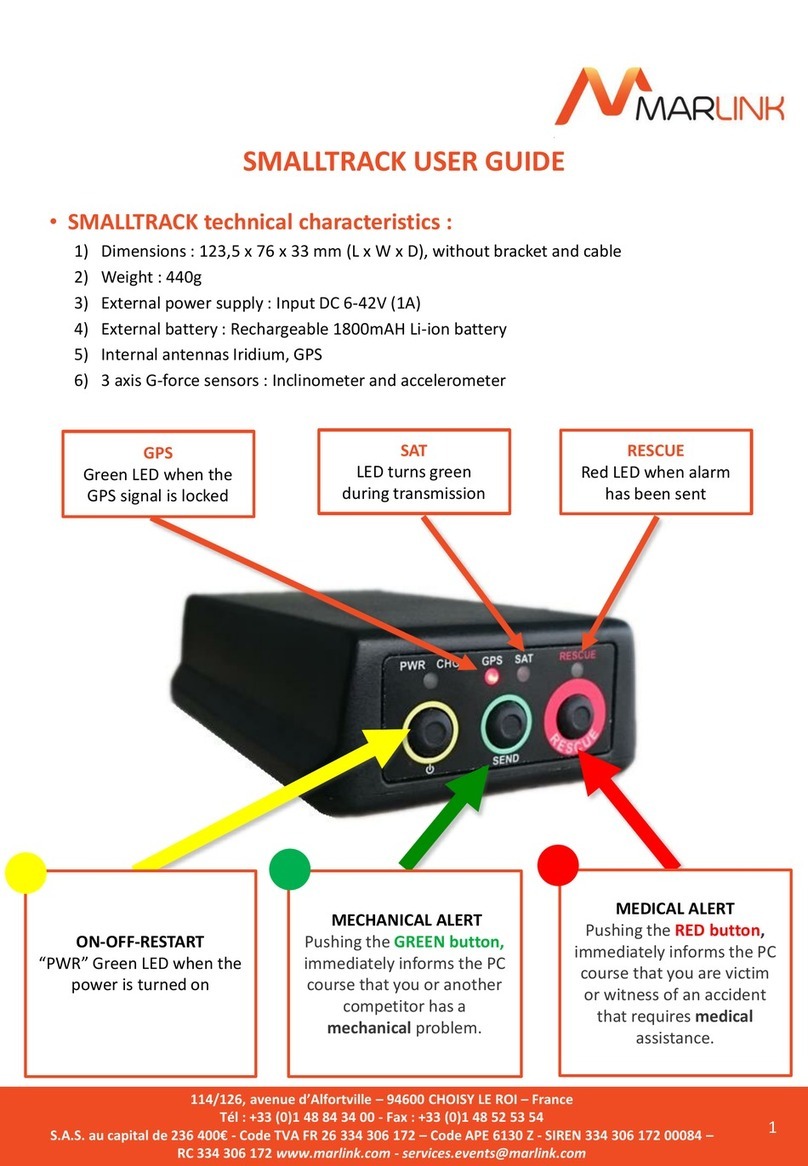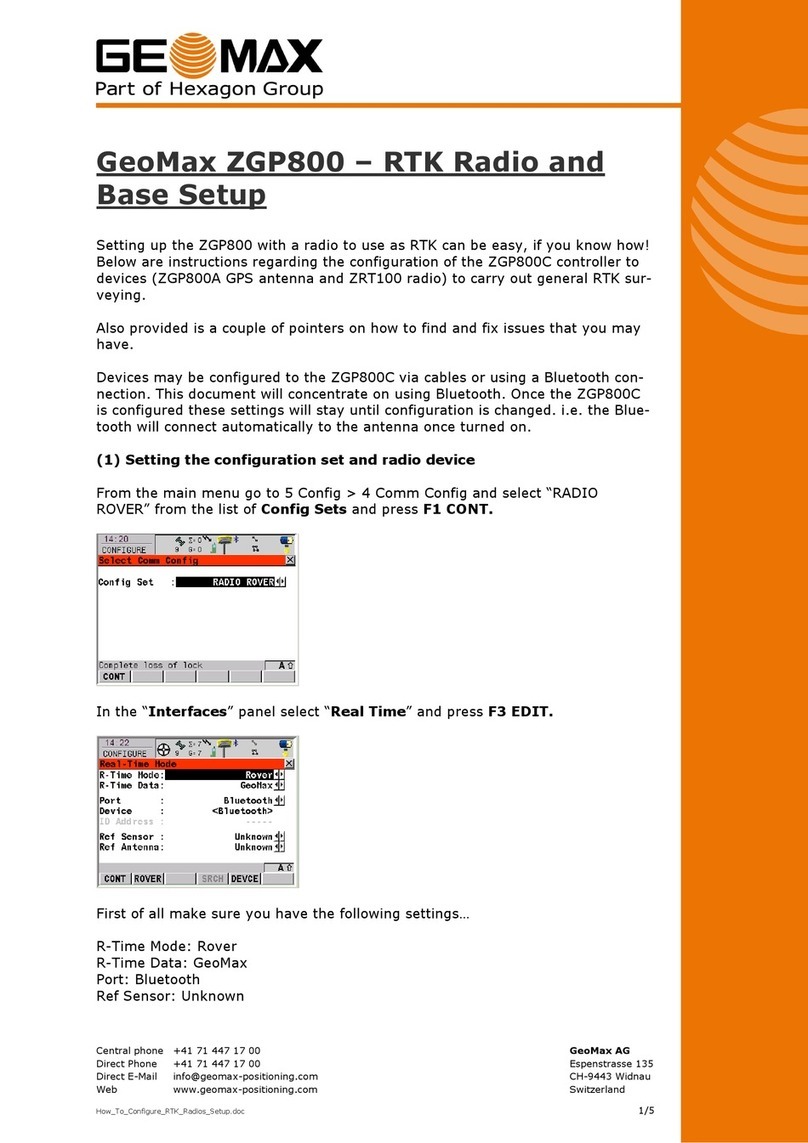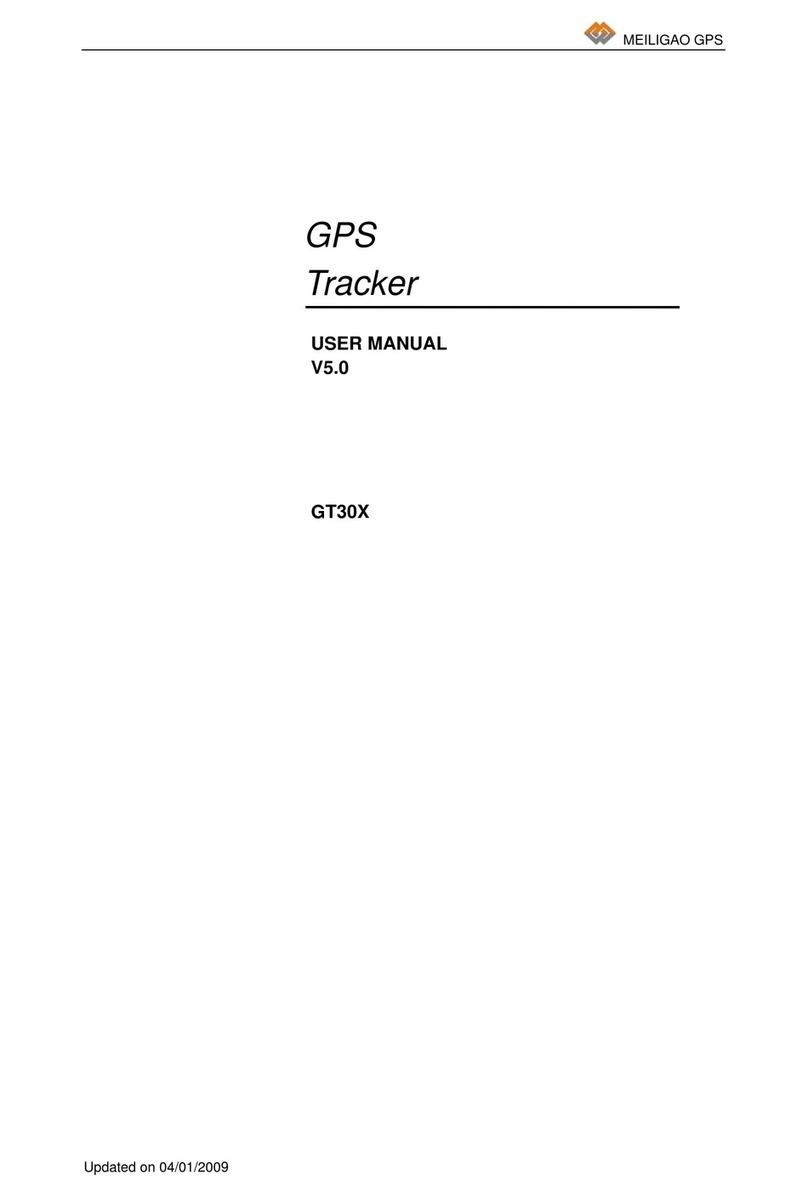i-Lotus RX Oncore User manual


The information contained in this document is for use in acceptance of the i-Lotus terms and
conditions, and may be subject to change without notice. This information can be
downloaded from www.ilotus.com.sg.
This documentation does not represent a commitment or warranty on the part of i-Lotus.
i-Lotus Corporation Pte Ltd, All rights reserved. No part of this publication may be
reproduced, altered, transmitted, stored in a retrieval system, or translated into any other
language by any means, without written consent of i-Lotus.
is a registered trademark of
i-Lotus Corporation Pte Ltd, and i-Lotus International Pte Ltd.
© 2008, i-Lotus Pte Ltd. Printed in Singapore.
If you require any assistance or have any queries regarding any of the i-Lotus products,
contact your regional i-Lotus customer representative.

Contents
Page
1Introduction..................................................................................................................................................................... 1
1.1 Overview................................................................................................................................................................ 1
1.2 Key Features ......................................................................................................................................................... 1
2Performance Specifications ........................................................................................................................................... 2
3Hardware Overview......................................................................................................................................................... 4
3.1 Overview................................................................................................................................................................ 5
3.2 Feature Summary.................................................................................................................................................. 5
3.3 Hardware Interface Overview................................................................................................................................. 6
3.4 Power Modes......................................................................................................................................................... 6
3.4.1 Tracking................................................................................................................................................................. 6
3.4.2 Sleep mode............................................................................................................................................................ 7
3.4.3 Standby ................................................................................................................................................................. 7
3.5 GPS Antenna detection.......................................................................................................................................... 7
3.6 Inbuilt Module Information...................................................................................................................................... 8
3.7 Satellite Based Augmentation System (SBAS)....................................................................................................... 8
3.8 NMEA Protocol Support......................................................................................................................................... 8
4Module Pin Layout .......................................................................................................................................................... 9
5Pin Definition..................................................................................................................................................................10
6Mechanical Dimensions.................................................................................................................................................12
7Packaging Detail.............................................................................................................................................................13
8Electrical Specifications ................................................................................................................................................14
8.1 VCC..................................................................................................................................................................... 14
8.2 VBATT................................................................................................................................................................. 15
9Antenna circuitry............................................................................................................................................................16
9.1 GPS Antenna detection........................................................................................................................................ 17
10 SBAS...............................................................................................................................................................................18
10.1 Available SBAS Satellites..................................................................................................................................... 19
10.2 Supported commands.......................................................................................................................................... 20
10.3 Effectiveness ....................................................................................................................................................... 20
11 Module Installation Considerations ..............................................................................................................................22
11.1 Electrostatic Precautions...................................................................................................................................... 22
11.2 Electromagnetic Considerations........................................................................................................................... 22

11.3 RF Shielding........................................................................................................................................................ 22
11.4 RoHS Consideration ............................................................................................................................................ 23
11.5 SMT Reflow Profile .............................................................................................................................................. 23
12 Module Packaging..........................................................................................................................................................24
12.1 Tape-and-reel Packaging..................................................................................................................................... 24
12.2 Carrier Tape Details............................................................................................................................................. 25
12.3 Plastic Reel Detail................................................................................................................................................ 26
13 Handling, Shipment & Storage......................................................................................................................................27
13.1 Handling............................................................................................................................................................... 27
13.2 Shipment:............................................................................................................................................................. 28
13.3 Storage................................................................................................................................................................ 30
14 Reference Design...........................................................................................................................................................31
15 Hardware Recommendations ........................................................................................................................................32
15.1 Oncore Silver GPS Active Antenna...................................................................................................................... 32
15.2 Technical Specifications....................................................................................................................................... 33
15.3 Block Diagram...................................................................................................................................................... 34
15.4 Antenna Gain Pattern........................................................................................................................................... 35
15.5 Mechanical Dimensions ....................................................................................................................................... 37
15.6 Antenna Placement.............................................................................................................................................. 37
16 Ordering Information......................................................................................................................................................38

Document Number: 403 –GPS –070 Page | 1
1 Introduction
1.1 Overview
The RX Oncore is a high performance GPS receiver featuring the ALL NEW Smart-StartTM Technology and
supporting AGPS and SBAS augmentation systems. With a sensitivity of up to -159 dBm, this industrial grade
receiver features Auto-Startup and is capable of tracking 16 satellites simultaneously. This cost effective solution is
custom designed to be applied in an extensive variety of GPS applications where superior performance, precise
location, reliability and easy integration are paramount.
Extending the intelligence, quality, and market impact our current technological advances have on the industry, the
RX Oncore uniquely defines a balance between high-performance and cost-effectiveness in the development of this
complete and vastly flexible GPS receiver.
1.2 Key Features
Fig. 1.1 RX Oncore module
Miniature Size (17.0 x 22.4 x 3.0mm) 1
Low Power Consumption
Tracking Sensitivity up to -159 dBm
16 satellite simultaneous tracking
Auto NMEA output
1/30 to 4Hz Configurable Output Rate
Horizontal Accuracy of <2.0m (Unassisted
2D Position accuracy)
Supports AGPS, SBAS (WAAS, EGNOS,
MSAS)
Supports UART, USB, SPI2, CAN2interfaces
RoHS Compliant
1With shield
2Optional

Document Number: 403 –GPS –070 Page | 2
2 Performance Specifications
PARAMETERS
SPECIFICATIONS
General Characteristics
Receiver Architecture
16 Channels
L1 1575.42 MHz
C/A Code (1.023 MHz chip rate)
Code plus carrier tracking (carrier aided tracking)
Signal Tracked
L1, C/A Code, AGPS, SBAS (WAAS, EGNOS, MSAS)
Tracking Capability
16 simultaneous satellite vehicles
Dimensions
Length
17.0 mm
Width
22.4 mm
Height
3.5 mm (with shield)
Shielded
Yes
Performance Characteristics
Acquisition Time (TTFF)
Autonomous Mode
Cold Start
< 32.0 s
Warm Start
< 21.0 s
Hot Start
< 1.5 s
Accuracy
Autonomous Mode
Horizontal Position Error at 50% probable
< 2.5 m, 1-sigma
< 2.0 m, SBAS
Altitude
-1,500 m to 18,000 m
Velocity
515 m/sec
Sensitivity
Acquisition
-146 dBm
Tracking
-159 dBm
Max Update Rate
4 Hz
1PPS Timing
Not Supported
Electrical Characteristics
Main Power Supply (Vcc)
Voltage Range
3.0 to 3.6 VDC : (Nominal 3.3 VDC)
Power Consumption
Acquisition Mode
75 mA @3.3V
Standby Mode
55 uA @3.3V
Digital I/O Interface (VIO=3.3V)
Input High Voltage (VIH)
0.7*VCC to VCC+0.3V
Input Low Voltage (VIL)
-0.3 to 0.3*VCC
Input Hysteresis CMOS Schmitt Trigger
Min. 400mV
Output High Voltage @ 4mA (VOH)
Min. VCC-0.8V
Output Low Voltage @ 4mA (VOL)
Max. 0.4V

Document Number: 403 –GPS –070 Page | 3
Interface
Communication port
UART
USB
SPI (Optional)
CAN (Optional)
Antenna
Support Active/Passive
Both
Bias Voltage : 3.0 ~ 5.5V (6V max)
Bias current : 120mA
Antenna Sense Circuit
Output Sentences
Latitude, longitude, height, velocity, heading, time
NMEA 0183 (GGA, GLL, GSA, GSV, RMC, VTG, ZDA)
Commands Supported
STM NMEA
i-Lotus NMEA
Environmental Characteristics
Operating Temperature
-40 to +85⁰C
Storage Temperature
-40 to +105⁰C
Humidity (Moisture)
Humidity RH(1'25g/m3)
ROHS compliant
Yes
RTC
32.768KHz RTC
Internal
Standard Features
NMEA Output
Auto NMEA output up to 1Hz
Setup Configuration
Saved to flash (non-volatile memory)
Memory
Built-in flash memory (256 KB + 16 KB)

Document Number: 403 –GPS –070 Page | 4
3 Hardware Overview
Below is a simplified functional block diagram of the RX Oncore receiver.
LNA
RFIN
ANTDET
TCXO
RF Circuitry
Clock
Generator SPI
Bus
RF Front-End
SAW Filter
RF Gnd
RX Oncore Module
Antenna Protection
& Sensing Circuitry
Antenna Sensing
Circuit
Fault
VANT
ANTDET
VANT
Digital Gnd
Antenna
LNA
Active Antenna
Fig 3.1 Functional Block Diagram

Document Number: 403 –GPS –070 Page | 5
3.1 Overview
By combining the ARM7TDMI microcontroller core with on-chip Flash and RAM, 16-Channel correlator DSP, RF
Front-end and an extensive range of interfaces on a single module solution, the RX Oncore provides a highly-
flexible and cost-effective solution for any GPS application.
3.2 Feature Summary
ARM7TDMI 16/32 bit RISC CPU based host microcontroller running at a frequency up to 66 MHz.
Complete Embedded Memory System:
FLASH 256 Kbytes + 16 Kbytes (100K erasing/programming cycles)
RAM 64 Kbytes.
16 channel High performance GPS correlation DSP
ST Proprietary Technology:
CMOS Flash Embedded Technology for Baseband
BiCMOS Sige for Radio Front-end
-40oC to 85oC Operating temperature range
SBAS (WAAS and EGNOS) supported
Power Supply:
3.0V to 3.6V operating supply range for Input/output periphery
3.0V to 3.6V operating supply range for A/D Converter reference
1.8V operating supply range for core supply provided by internal Voltage Regulator
2.7V operating supply range for RF Front-end section
Reset and Clock Control Unit able to provide low power modes:
Real time clock module with 32KHz low power oscillator and separate power supply to continue running
during stand-by mode.
16-bit Watchdog Timer with 8 bits prescaler for system reliability and integrity.
Extensive Range of Interface:
Serial Communication Interfaces (UART) allow full duplex, asynchronous, communications with
external devices, independently programmable RX and RX baud rates up to 625K.

Document Number: 403 –GPS –070 Page | 6
Serial Peripheral Interface (SPI) allows full duplex, synchronous communications with external devices,
slave operation, maximum baud rate of 5.5Mb/s.
USB unit V1.1 compliant, software configurable endpoint setting, USB Suspend/Resume support.
Controller Area Network Interface (CAN) compliant with the CAN specification V2.0 part B (active) and
bit rate can be programmed up to 1 MBaud. (Optional, with this option, this feature shares the same
hardware pins as USB interface)
Inter-IC Interface (I2C) Interface provides multi-master and slave functions, support normal and fast
I2C mode (400 KHz), 7/10 bit addressing modes. (Optional)
RF Front-end Features:
LOW IF (4MHz) architecture
Compatible with GPS L1 signal
VGA Gain internally regulated
On-chip programmable PLL
3.3 Hardware Interface Overview
The RX Oncore GPS module uses the STA8058 fully embedded GPS engine core chip set. This chipset features 64KB
RAM and 256 KB + 16 KB Flash Memory in a single chip BGA package.
The GPS IC contains a 66-MHz ARM7TDMI 32 bit processor. The RX Oncore uses an internal frequency synthesizer
to create all internal clocks from the 16.368MHz GPS clock. A 32 KHz oscillator is utilized as the real-time-clock
(RTC).
3.4 Power Modes
Software command to drive the device to sleep mode (low power wait for interrupt).
RF will be disabled when device enters sleep mode and is enabled when it wakes up.
To wake up, a command is sent through UART.
Wake up procedure: send any command and wait for device response.
3.4.1 Tracking
Upon power up, the RX Oncore will run in Full Power Mode, and will immediately search for all visible satellites
available.

Document Number: 403 –GPS –070 Page | 7
3.4.2 Sleep mode
The RX Oncore can be toggled between Sleep Mode and Full Power Mode by entering a software command.
When the RX Oncore is in Full Power Mode, it can be set to Sleep Mode by entering the $PSTMiMPM,2 software
command.
When the RX Oncore is in Sleep Mode, it can be restored to Full Power Mode by entering the $SPTMiMPM,0
software command.
3.4.3 Standby
The RX Oncore can only be toggled between Full Power Mode and Standby Mode by pulling the hardware control
on the WAKEUP pin.
When the RX Oncore is in Full Power Mode, it can be set to Standby Mode by pulling the hardware control on the
WAKEUP pin LOW.
When the RX Oncore is in Standby Mode, it can be restored to Full Power Mode by pulling the hardware control on
the WAKEUP pin HIGH.
3.5 GPS Antenna detection
To support active GPS antenna (5V), VANT connected to 3~5V supply. RX Oncore supports 3V or 5V active
antenna only.
Detection status:
Active antenna connected
No active antenna connected
Antenna short circuit
To support passive GPS Antenna, tie VANT to GND
Antenna sense circuitry detects the following conditions:

Document Number: 403 –GPS –070 Page | 8
3.6 Inbuilt Module Information
Product details stored in flash (Non-Volatile Memory, Write Protected)
Product ID
Hardware drawing part number
Serial Number
Manufacturing date
GPS Library Version
3.7 Satellite Based Augmentation System (SBAS)
The following settings should be used in each respective country:
<%d> = 0 for the receiver to auto search for the SBAS satellite
In WAAS system region, (USA, Canada and Mexico)
<%d> = 122 for Inmarsat 3F4 AOR-W 54.0West
<%d> = 134 for Inmarsat 3F3 POR 178.0East
In EGNOS system region (Europe and Africa)
<%d> = 120 for Inmarsat 3F2 AOR-E 15.5West
<%d> = 124 for Artemis 21.5East
<%d> = 126 for Inmarsat 3F5 IOR-W 25.0East
In MSAS system region (Japan, Australia and Hawaii)
<%d> = 129 for MTSAT 1
<%d> = 137 for MTSAT 2
3.8 NMEA Protocol Support
The RX Oncore Positioning Receiver firmware supports the NMEA 0183 format for GPS data output. Output of data
in the NMEA-0183 standard format allows a direct interface via the serial port to electronic navigation instruments
that support the specific output messages. NMEA formatted messages may also be used with most commercially
available mapping and tracking programs. Please refer to the i-Lotus NMEA Protocol Specifications document.

Document Number: 403 –GPS –070 Page | 9
4 Module Pin Layout
The RX Oncore receives electrical power and input/output signals (including RF_in) through an array of 54 gold
pads. Below are illustrations of the pin layout, orientation, and numbering. It is recommended that the user solder
the 16 ground pads in the center.
Fig 4.1 54 pin layout (Bottom view)

Document Number: 403 –GPS –070 Page | 10
5 Pin Definition
Pin
Tech Name
Function
Type
1
SDA2
DDC Data
I/O
2
SCL2
DDC Clock
I/O
3
TXD1
Serial Port
O
4
RxD1
Serial Port
I
5
NC/VDDIO
Supply Voltage
I
6
VCC
Supply Voltage
I
7
GND
Ground (Digital)
I
8
VCC_OUT
Out Voltage
O
9
Reserved/MISO
SPI MISO
Reserved
10
RESET_N
Reset
I
11
V_BCKP
Backup Voltage Supply
I
12
Reserved
Reserved
Reserved
13
GND
Ground
I
14
GND
Ground
I
15
GND
Ground
I
16
RF_IN
GPS Signal Input
I
17
GND
Ground
I
18
VCC_RF
Output Voltage RF Section
O
19
V_ANT
Antenna Bias Voltage
I
20
AADET_IN
Active Antenna Detect
I
21
NC/MOSI
SOI MOSI
Reserved
22
NC/SS_N
SPI Slave Select
Reserved
23
NC/SCK
SPI Clock
24
VDDUSB
USB Supply
I
25
USB_DM
USB Data
I/O
26
USB_DP
USB Data
I/O
27
EXTINT0
External Interrupt Pin
I
28
Reserved
Reserved
X
29
Reserved
Reserved
X
30
Reserved
Reserved
X
31
Reserved
Reserved
X
32
Reserved
Reserved
X
33
Reserved
Reserved
X
34
ADC
Analog Digital Convertor
I/O
35
Standby Mode Select
0 = Standby, 1 = Normal (Default)
I
36
Sleep Mode Disable
0 = Sleep, 1 = Normal (Default)
O
37
VANT Disabled
Type C Only
O
38
NC
NC
X
39
Interface Select
00 = I2C, 01 = USB/CAN,
I

Document Number: 403 –GPS –070 Page | 11
40
Interface Select
10 = SPI,11 = UART (Default)
I
41
USB Reset
0 = Reset, 1 = Nomal (Default)
O
42
NC
NC
X
43
Firmware
Firmware Reflash
I
44
Reserved
Reserved
X
45
Reserved
Reserved
X
46
Reserved
Reserved
X
47
Reserved
Reserved
X
48
Reserved
Reserved
X
49
Reserved
Reserved
X
50
Reserved
Reserved
X
51
Reserved
Reserved
X
52
NC
NC
X
53
Reserved
Reserved
X
54
Reserved
Reserved
X
Table 5.1 Pin Definition

Document Number: 403 –GPS –070 Page | 12
6 Mechanical Dimensions
Fig 6.1 Mechanical Dimensions

Document Number: 403 –GPS –070 Page | 13
7 Packaging Detail
Fig 7.1 Packaging Dimensions

Document Number: 403 –GPS –070 Page | 14
8 Electrical Specifications
8.1 VCC
VCC is the main power supply of the RX Oncore. An input voltage of 3.3V must be connected to the VCC pin (pin 6)
to supply all the power requirements of the module. See Fig. 1. This is also being fed back to the VCC_OUT pin (pin
8). VCC is also an input to an LDO (U7) which outputs 2.7V to supply the VCCRF pin (pin 18) and be able to support
an external LNA.
Fig 8.1 VCC power supply

Document Number: 403 –GPS –070 Page | 15
8.2 VBATT
Fig 8.2 VBATT voltage input
VBATT is a 1.8V input that ensures the RTC, TCXO and the Wakeup Controller remains powered and active in the
event of a failure in VCC Power Supply.

Document Number: 403 –GPS –070 Page | 16
9 Antenna circuitry
The RX Oncore is able to support both passive and active antennas.
It receives the L1 band signals at frequency 1575.42 MHz via the RFIN pin.
When designing the RF portion of any application with our module, the following considerations are necessary:
All PCB trace from RFIN pin is required to have 50 impedance: with passive matching circuitry.
For active antenna, the required voltage is to be catered by the host via VANT pin.
Active antenna gain should not exceed 50 dB, and the noise figure should not exceed 3 dB.
Fig 9.1 Antenna block diagram
The built-in antenna sensing circuitry coupled with the host’s ANTDET control the power supply to the active
antenna.
The sensing circuitry provides the following:
Active antenna sensing
Detection of short-circuit
Report the fault to the module MCU
Table of contents
Popular GPS manuals by other brands
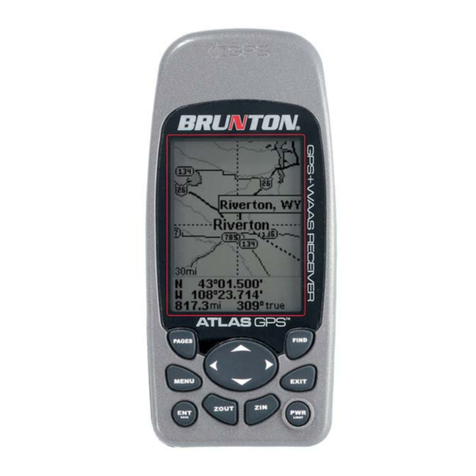
Brunton
Brunton Atlas Operation instructions
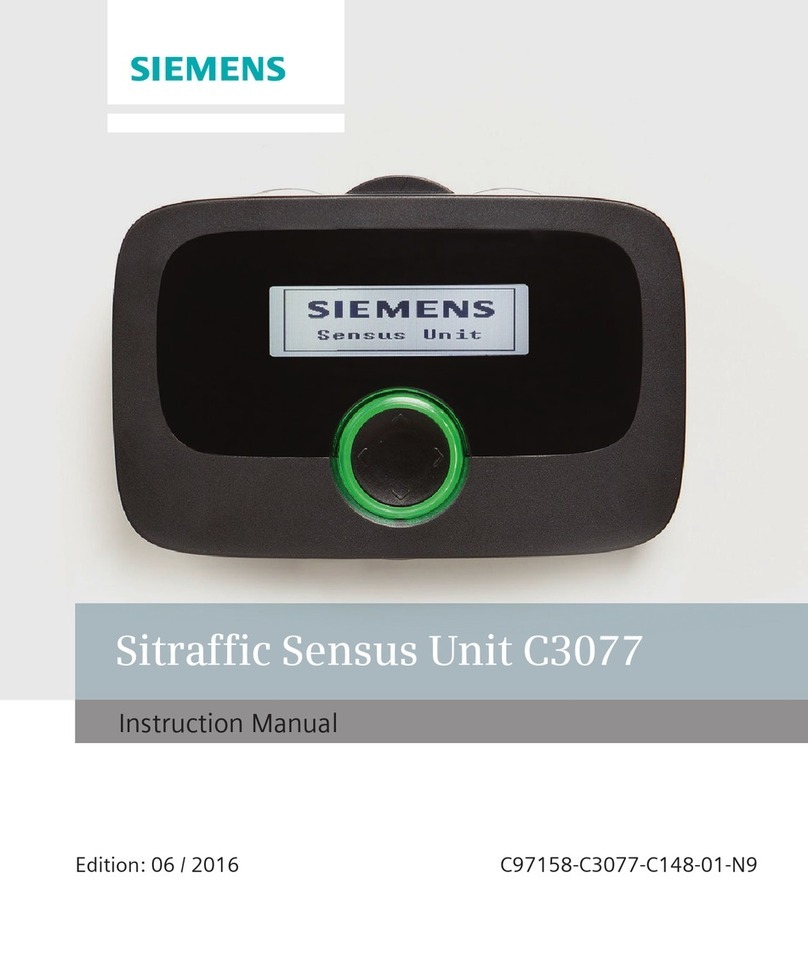
Siemens
Siemens Sitraffic Sensus Unit C3077 instruction manual
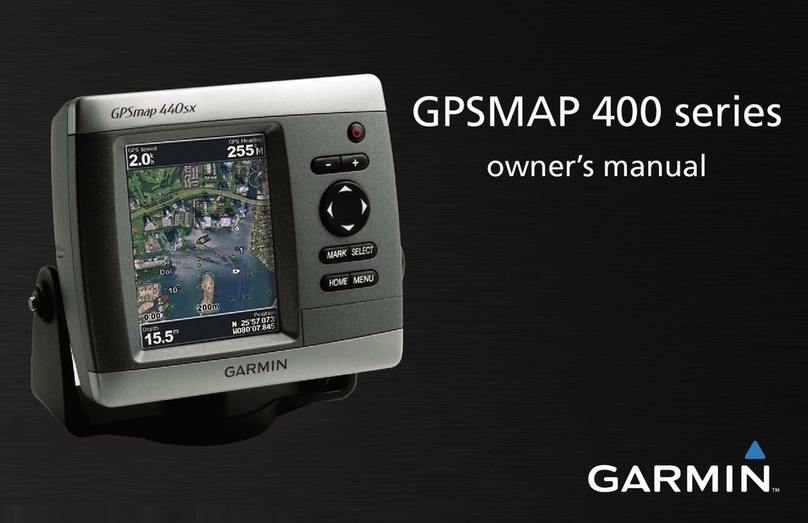
Garmin
Garmin GPSMAP 400 series owner's manual

Cadillac
Cadillac 2005 STS manual
Blackbird Technologies
Blackbird Technologies Blackbird Asset Tracker user guide
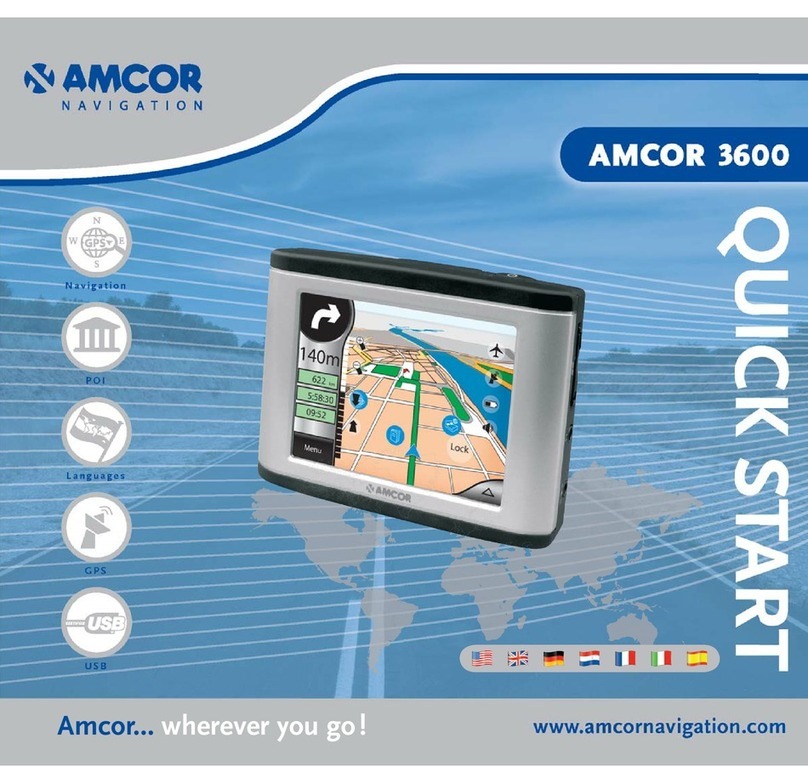
Amcor
Amcor GPS Navigation System 3600 quick start guide
